
Okay, folks – here is more about mint sauce, from our friends at Wikipedia. I am determined to place it on the table, as did Seamus Heaney's mum. With a bit of local lamb, or some new spring peas. Notice the line here about how this sort of sauce "became less common and mostly died out as Europe entered the Modern Era." (That's anything after the Middle Ages, apparently.)
I did have mint sauce at Sunday dinners in Ireland with Eithne and Fred Kiberd, parents of Declan, Damian, and Marguerite. Eithne, like Heaney's mother, would have known and been able to perpetuate the secrets of an older way of life, one that included an admiration for all that rife mint.
I just planted six kinds of mint a weekend before last, purchased at the beautiful expanded garden center at the East Bloomingfoods. Now I have a chokecherry bush waiting for a bit of digging. Here are 10 Essential Herbs to Grow.
This is what I love about Heaney: there is always both a poetic and a practical application to his lines, appealing to the eager part of the mind, as well as to the digger's hunched rump.
•••
Mint sauce is a sauce made from finely chopped mint leaves, soaked in vinegar, and a small amount of sugar. Occasionally, the juice from a squeezed lime is added. The sauce should have the consistency of double cream. In UK and Irish cuisine it is traditionally used as a complement to roast lamb (but usually not other roast meats) or, in some areas, mushy peas. Mint sauce can sometimes be used in recipes in place of fresh mint. For instance, it can be added to yoghurt to make a mint raita. "Sweet and sour" sources such as Mint sauce, and Cranberry sauce were common throughout Medieval Europe, (with the use of mint being more common in French and Italian cuisine of the period than that of the English [1]), however they became less common and mostly died out as Europe entered the Modern Era[2] [3].
References
- ^ The Medieval Kitchen: Recipes from France and Italy by Odile Redon, Françoise Sabban, Silvano Serventi, translated by Edward Schneider, University of Chicago Press, 2000, ISBN 0226706850, 9780226706856, page 107
- ^ http://www.practicallyedible.com/edible.nsf/pages/medieval!opendocument&startkey=medieval
- ^ Cooking in Europe, 1250-1650 by Ken Albala, Greenwood Publishing Group, 2006 ISBN 0313330964, 9780313330964, page 15
External links
- James Martins' "Real Mint Sauce" Recipe from BBC Food
- Jo' Pratt's "Mint Sauce" Recipe from BBC Food
- "Mint Sauce" Recipe from blueworldgardener.co.uk

























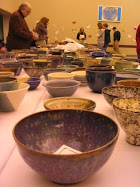




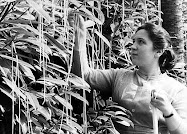














































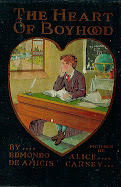
















































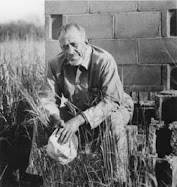









.jpg)



























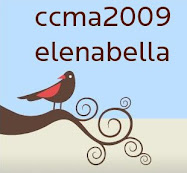




























































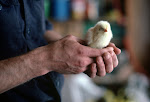
















































.jpg)
















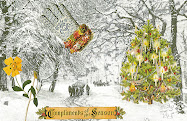




















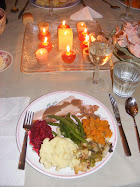



































































2 comments:
Thank you, Elena, for Seamus Heaney's beautiful mint poem and for your insightful explication of his poem. Yes, mint sauce, like poetry, deserves a revival!
You've wandered way off the point here. Jesus, Mary and Joseph, I mean are you simple or something? The poem 'Mint' is political dynamite. Its about politics, and the prisoners that politics takes hold of, literally and metaphorically. Christ on a bike.
Post a Comment